Is the era of massive, transformational infrastructure investment over? Or are we merely in a transitional phase as the gas tax loses its former power and we debate both new revenue sources and even more importantly, new priorities, for the next generation of transportation investment?
One thing is certain: as Congress is finally close to passing a transportation bill more than 953 days after it first expired, many cities and communities have charged ahead with more “fine-grained” approaches to transportation funding and construction. These cities and regions have a sharp understanding that the choices made about infrastructure today affect their economies for years to come and are taking steps to make those needed investments today.
But will they be enough without the strong federal partner we’ve had for the last 50 years leading the way?
That remains to be seen, according to this compelling new report from the Urban Land Institute out yesterday, which lays out the state of infrastructure investment here and around the world. But it also points out innovative ways to take the situation we have — flat-lined federal investment and no likely windfall of cash for large scale infrastructure anytime soon — and do all we can with the dollars we have to build the system that will carry us deep into the 21st century.
One key change ULI suggests we might see is one we’ve been pushing for from day one at T4 America — and also in the current House/Senate conference: measuring the performance of the dollars we spend to see if they’re helping us meet our goals, and holding states accountable if they don’t. “Ironically, fiscal constraints finally may compel some better results,” they say, “figuring out what matters most, and what will get the best bang for the buck, becomes even more urgent.”
The report is a good overview of the state of our country’s infrastructure, how we fund it, and the challenges we’re currently facing right now — all of which are things we’ve all heard regularly. There’s been no shortage of reports and calls to action and reminders of the sorry state of our country’s infrastructure over the last few years. Which is why the most exciting parts of this report chronicle all the different ways that states, cities and local communities are stepping out on their own, raising funds from innovative sources, casting their own vision for transportation, and hoping that the federal government will soon again reaffirm its commitment as a strong financial partner.
As we’re fond of pointing out, when there’s transparency and accountability for exactly what transportation dollars are going to buy — this new transit line, that new busway, this new bridge project — transportation ballot measures pass close to 70 percent of the time, even when voters are taxing themselves. Check out this graphic from the report on transportation ballot measures.
Click to enlarge.
There’s also a great section on Measure R and America Fast Forward, Los Angeles’ innovative plan to build 30 years of transit projects in 10 years. Two-thirds of L.A. voters approved a 30-year sales tax as a dedicated funding stream for the program that will also be used to leverage what they hope will be loans and low-cost financing from the federal government. This L.A. story, just like so many others of innovation highlighted in the report, are indeed examples of innovation, but examples that urgently need federal help and partnership to truly succeed. They’re stepping up with innovation and local funding, but they can’t go it alone.
Let’s hope that Congress passes a strong transportation bill soon and affirms a new role for the federal government in both supporting and rewarding the kind of innovation highlighted in this report that’s beginning to bubble up around the country.




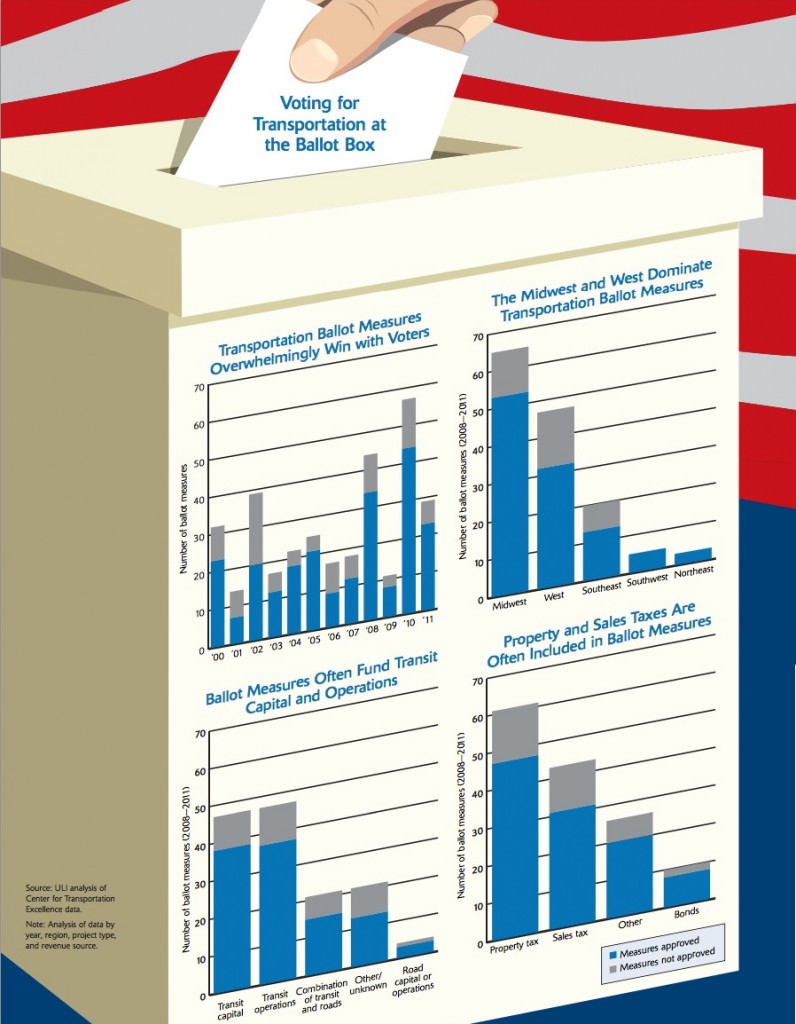
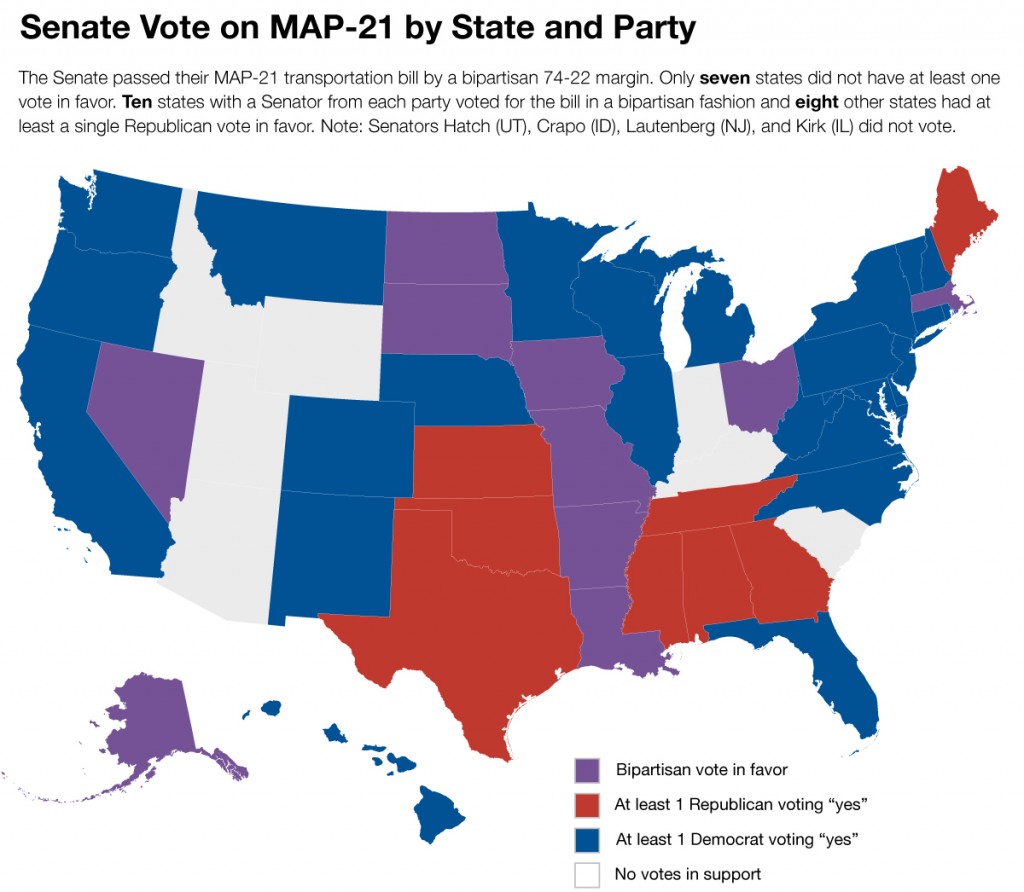
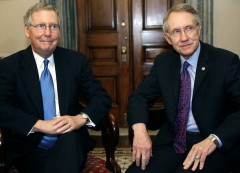 Just one day after a procedural vote failed, the Senate late last Wednesday
Just one day after a procedural vote failed, the Senate late last Wednesday 
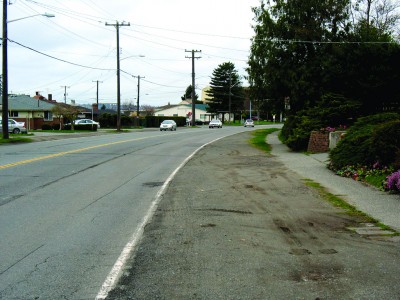
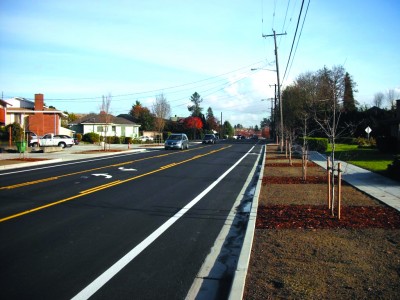
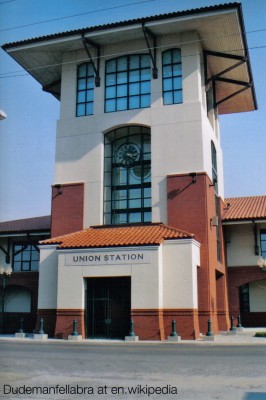
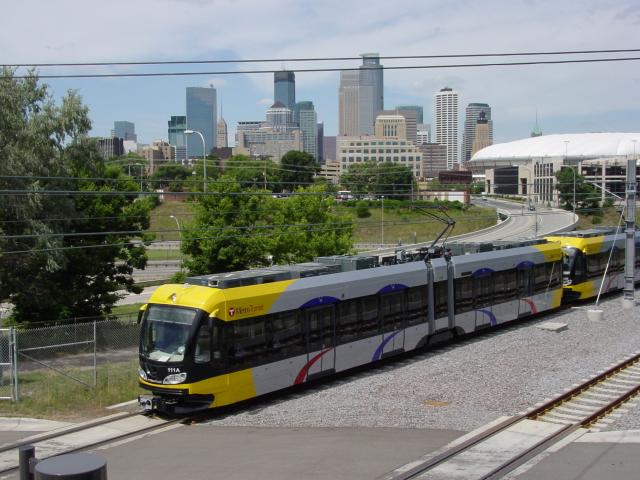
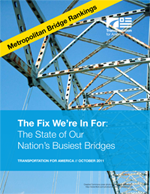
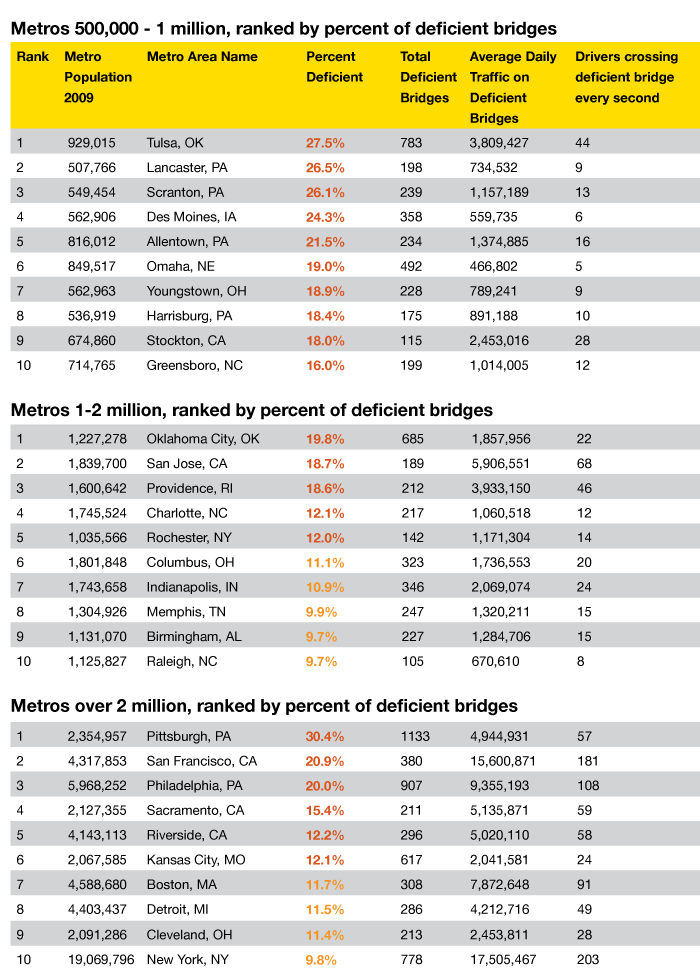


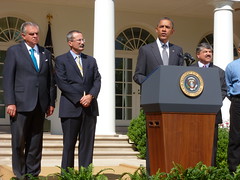
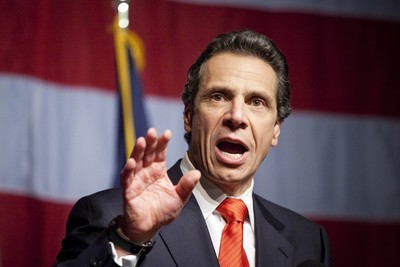


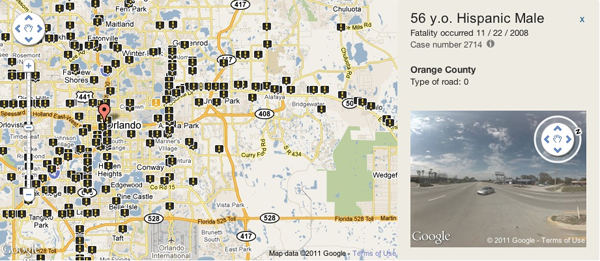

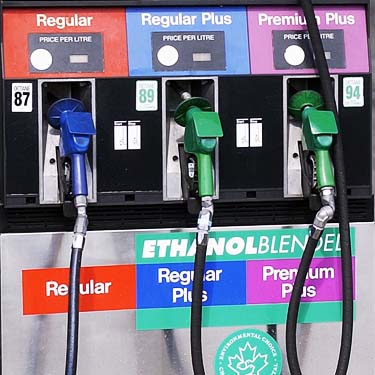
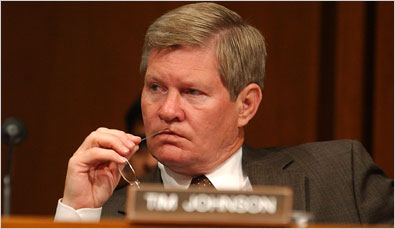
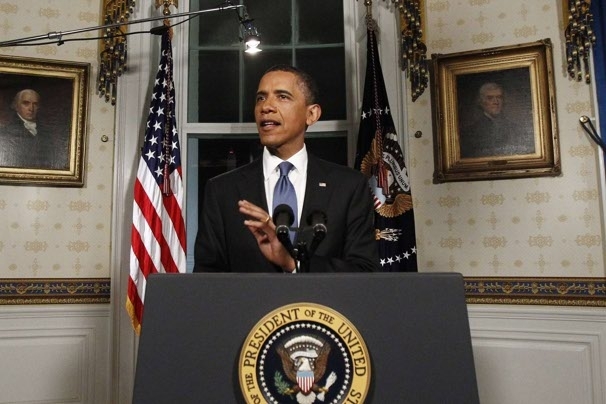
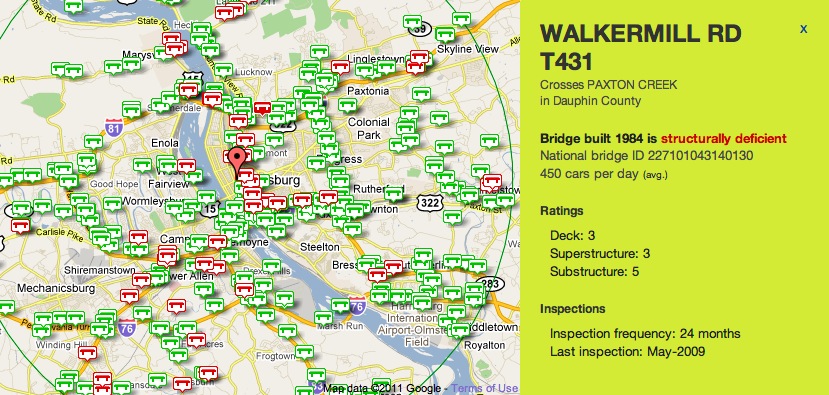

 A report being released Wednesday by T4 America chronicles the state of our nation’s bridges, with accompanying data and reports for all 50 states and the District of Columbia. Our country is facing a backlog of deficient bridges that need repairs and maintenance to stay open and safe, with needs far greater than what we’re currently spending.
A report being released Wednesday by T4 America chronicles the state of our nation’s bridges, with accompanying data and reports for all 50 states and the District of Columbia. Our country is facing a backlog of deficient bridges that need repairs and maintenance to stay open and safe, with needs far greater than what we’re currently spending.